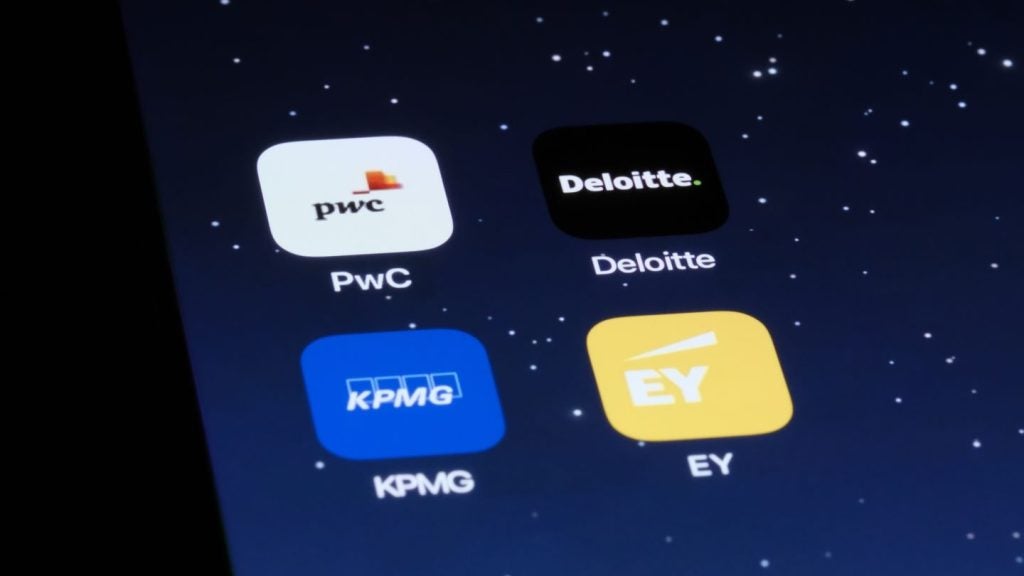
By KPMG’s Commodity and Carbon Trading Solutions team members, Richard Murray and Rebecca Tobin.
The importance of carbon markets for companies is on the rise.
The cost of carbon is increasing in compliance markets, such as the EU ETS. Prices have risen and the benefit of the “free allowances” for some markets is being reduced. This creates a new exposure that businesses will have to manage, potentially through strategic procurement or setting up a carbon trading desk. In response, companies are adapting their operating models to work with the carbon markets, tackling the nuances of handling EU allowances or voluntary carbon certificates as tradeable assets. This means thinking carefully about tax, legal, accounting, and regulatory matters – and the challenges they may present.
Corporate Tax
Due to the nascency of these markets, particularly the markets for voluntary carbon certificates, many jurisdictions have no specific legislation or guidance on the corporation tax treatment of carbon credits. As a result, the tax treatment should be based on first principles. For example, from a UK perspective, the starting point for determining the corporation tax treatment of carbon credits is the accounting treatment. However, the accounting treatment of carbon credits is similarly unclear, with some companies accounting for carbon credits as inventory and others as intangible fixed assets. Each of these accounting treatments may result in a different tax treatment and so businesses will need to judge what is appropriate for their fact pattern in light of these limited precedents.
In contrast, some countries have responded to these growing markets with clear guidance on how carbon credits should be taxed. For example, in Singapore the tax authority has provided guidance to clarify points of difficulty, including confirming what expenditure on compulsory carbon credits should be deductible.

US Tariffs are shifting - will you react or anticipate?
Don’t let policy changes catch you off guard. Stay proactive with real-time data and expert analysis.
By GlobalDataIn addition, given the international nature of the businesses that need carbon credits, the direct tax analysis must also consider the relevant jurisdictions, and ensure that the risk of any new carbon related activity creating an unexpected taxable presence is managed. For businesses looking to establish a carbon trading desk, tax will therefore be an important consideration in determining where to locate this.
Indirect Tax
When it comes to indirect tax, a clear understanding of the type of credit and trading contract, as well as the location of counterparties and brokers, will be necessary to establish the correct indirect tax treatment. There are, however, differences to consider across the compliance and voluntary markets.
While differences can still arise in some territories, compliance credits are typically treated as taxable supplies for indirect tax purposes and, consequently, buying or selling these types of credits can trigger a requirement to charge and account for indirect tax. For some, this may also trigger a requirement to register for indirect taxes.
In contrast, for voluntary markets, the indirect tax legislation and tax authority policies are limited, leading to less consistency in treatment. Voluntary credits may in some countries be treated as taxable, but in others may fall outside the scope of indirect tax. Where voluntary credits do fall outside the scope of indirect tax, this can sometimes be treated by tax authorities as an activity that restricts a business’s right to recover indirect tax on its expenses.
Transfer Pricing
As businesses begin to engage with carbon markets, many are creating new centralised procurement or carbon trading desks to manage this activity, given the commercial benefits of managing the group’s carbon compliance in a single expert team. Such changes can have implications for the wider value chain and therefore, on the group’s transfer pricing model. Tax functions will need to consider how the group’s carbon related activities fit into the wider organisational strategy to determine the appropriate profit allocation.
At the same time, businesses will need to price any intragroup transfers of carbon allowances and credits in line with transfer pricing principles. This can be challenging, particularly for groups that are new to commodity trading, given the fluctuating market values of these assets. Pricing models can be further complicated for groups that choose to manage their cost exposure by timing the purchase of certificates and holding these as inventory for redistribution at a later date. Businesses will want to ensure the transfer pricing model is right from the outset, then focus on implementing and documenting the position taken.
Taking steps to prepare
As carbon markets become more important to businesses, they will need to adapt their operating models to respond to this new and evolving landscape. Tax functions will want to be closely involved in the design of new models and while each situation will be different, there are some steps that tax teams can take to prepare:
- Understand how the business plans to engage with these markets. Knowledge of the organisation’s strategy as well as the entities and jurisdictions in scope will highlight the key tax risks to address.
- Know who is leading on carbon trading. This will differ for each business and will depend on the group’s carbon related objectives. Likewise, different internal teams may own different workstreams, such as CBAM compliance versus interaction with compliance related and voluntary carbon markets.
- Engage a cross-disciplinary team. The issues here span multiple areas of tax, as well as the legal, accounting and regulatory functions.
The bigger picture
While an effective operating model is a crucial first step, businesses also need to consider the bigger picture when it comes to carbon markets – namely, that they are designed to encourage decarbonisation. With the cost of carbon expected to increase over time, there is a real incentive to reduce emissions and, therefore, the volume of carbon credits the business needs to buy. With many tax authorities offering relief for decarbonisation initiatives, tax teams can play a vital role by collaborating with the wider business and highlighting these opportunities.
Regardless of sector, it’s clear that the growth of carbon markets presents new challenges, but also many opportunities for businesses. For tax in particular, while there are compliance risks that need to be carefully managed, it’s also a chance to demonstrate the value that the tax function can bring to the wider business.






